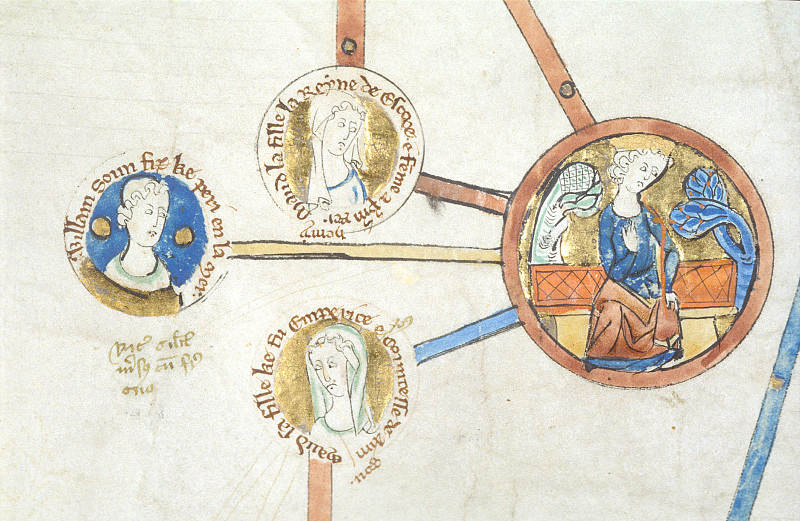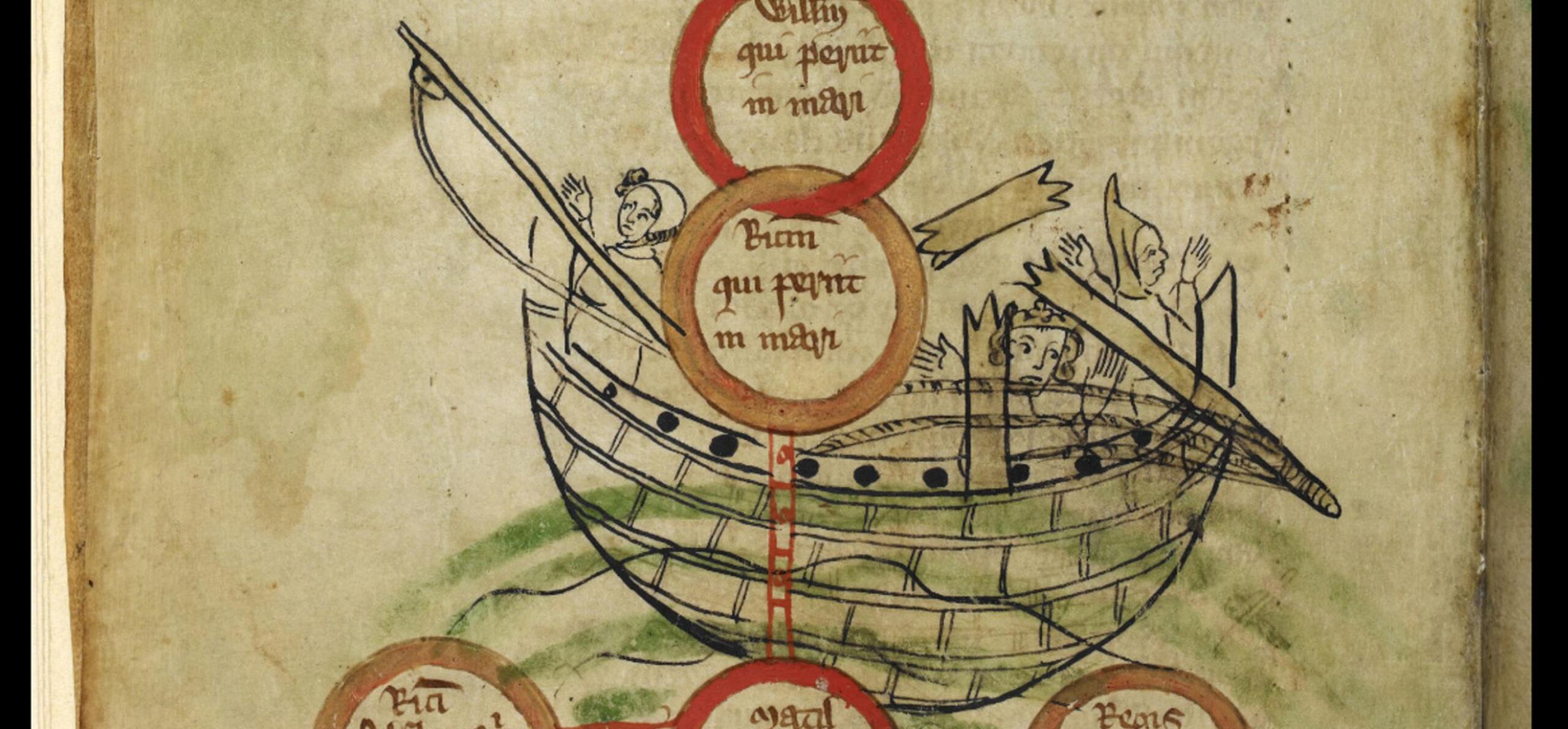On the 25th November 1120, the heir to the English throne William Adelin drowned in a shipwreck. His premature demise plunged the country into an anarchic succession crisis. It was likely this crisis that led to the foundation of Reading Abbey a year later in 1121.
In this blog, learn about this significant crisis from England's royal history known today as the White Ship Disaster.
Who was William Adelin?
King Henry I was infamous for fathering a number of illegitimate children by a variety of mistresses. In spite of this, he only had two legitimate, living offspring with his wife Matilda of Scotland: William and Matilda.
As the male child, William was heir apparent to the throne of England, whilst his elder sister had a promising future ahead of her, as she was prestigiously married to the Holy Roman Emperor at a young age. More about the significance of this later on.
William Adelin was granted the title of Duke of Normandy by his father King Henry, who in turn had inherited the title from his father, William the Conqueror. Learn more about the story of William the Conqueror in the Museum's stunning replica Bayeux Tapestry. The young William Adelin also acted as regent when his father was overseas.
The voyage of the White Ship
In November 1120, King Henry I, William Adelin and many other nobles of the royal court, including some of Henry’s illegitimate children, were due to sail back to England from Normandy. Henry travelled separately to his son, who chose to sail upon a new vessel named the White Ship.
The passengers and crew delayed their departure until evening and, instead of setting sail, chose to drink copious amounts of alcohol instead. A few members of their party, including two monks, chose not to sail with the group ‘having left the vessel upon observing that it was overcrowded with riotous and headstrong youths’. By the time night fell and the ship left France, everyone was drunk, and it was almost inevitable that they soon crashed. The chronicler Orderic Vitalis estimated that three-hundred were on board.
The passengers and crew raised cries of distress, but their mouths were soon stopped by the swelling waves, and all perished together.
- Orderic Vitalis
Two passengers were able to cling to some debris, though only one survived to tell the tale. Orderic Vitalis claims that the captain came to the surface, but on discovering that the heir to the throne had died, let himself drown.
When the news reached the king, he was distraught. ‘So sudden was the shock, and so severe his anguish, that he instantly fell to the ground, but being raised up by his friends, he was conducted to his chamber, and gave free course to the bitterness of his grief.’
The sorrowful king mourned for his sons, the flower of his nobility, and his principal barons.
- Orderic Vitalis

A detail of a manuscript in the British Library showing the line of succession running through Matilda and not the deceased William. (British Library: Royal 14 B V, Membrane 5)
King Henry I married again but did not have another legitimate son. Less than a year after the death of William, the building of Reading Abbey began. It is thought that the traumatic death of Henry’s heir led him to engage in this great act of piety. Perhaps the death of his son also led Henry to think of his own mortality and his need to build his own mausoleum.
Henry scandalously proclaimed his daughter, the Empress Matilda, as his heir. Upon his death, the nation divided when Henry’s nephew Stephen asserted that he was the rightful heir of the English crown. A bitter civil war called ‘The Anarchy’ ensued. Reading and the rest of England were plunged into turmoil.
Bibliography
Orderic Vitalis, The Ecclesiastical History of England and Normandy, vol 4
Header Image: British Library, Royal MS 20 A II
Find out more - Who was Henry I?
Find out more - visit Reading Museum and Reading Abbey
You can find out more about the Norman Conquest and Henry I at Reading Museum in the Bayeux Tapestry Gallery and the Story of Reading Gallery, and then explore the Abbey Quarter, including the extensive ruins of Reading Abbey where Henry I was buried.





